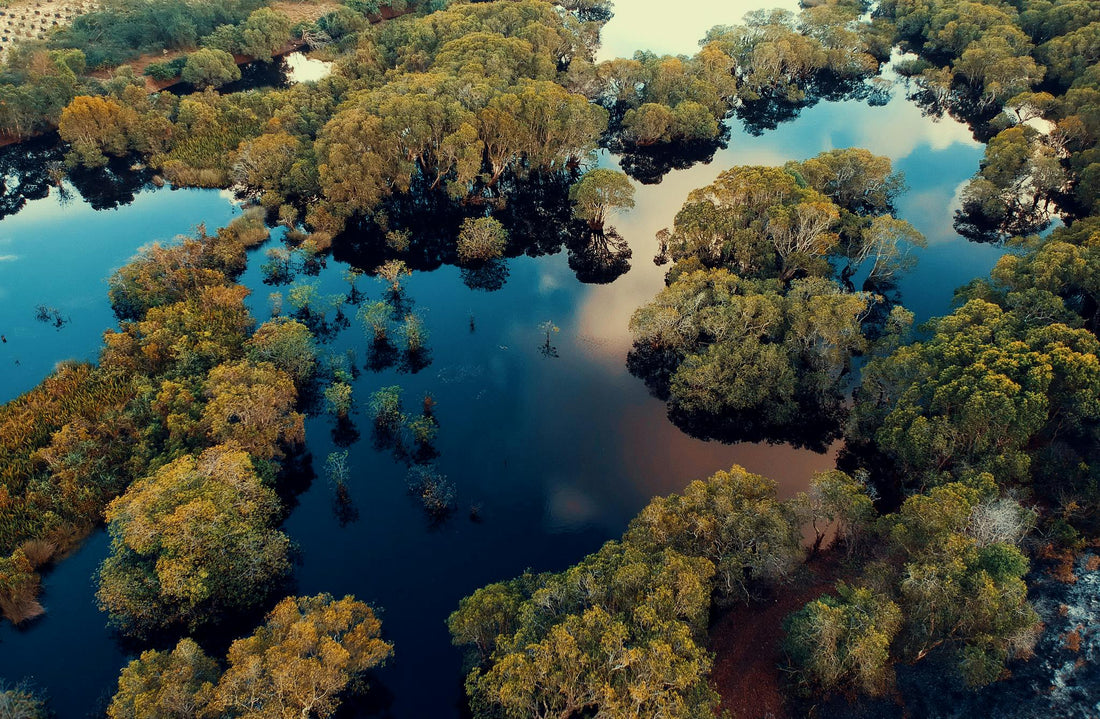
Preserving Biodiversity in Protected Habitats
Share
Gopher tortoise recipient sites are not just homes for tortoises; they are biodiversity hotspots that support a wide range of plants, animals, and insects. By protecting these habitats, we ensure that multiple species have the resources they need to thrive, creating ecosystems that are resilient and sustainable.
Biodiversity within recipient sites stems from the gopher tortoise’s role as a keystone species. Their burrows provide shelter for over 350 species, and their grazing habits help maintain open, grassy areas that support native plant growth. These habitats are rich in ecological interactions, with species relying on each other for food, shelter, and reproduction.
Protecting biodiversity is not just about individual species—it’s about safeguarding the intricate web of life that keeps ecosystems functioning. Recipient sites serve as living laboratories where we can observe and support these interactions, ensuring that future generations inherit thriving natural landscapes.

Featured Species: Eastern Box Turtle
The eastern box turtle is a slow-moving but resilient species often found in gopher tortoise habitats. These turtles rely on the stable environments provided by recipient sites for foraging and nesting. Protecting these habitats ensures that box turtles continue to thrive.
Box turtles are also important seed dispersers, contributing to the regeneration of native plants. Their presence enhances the ecological health of recipient sites.
